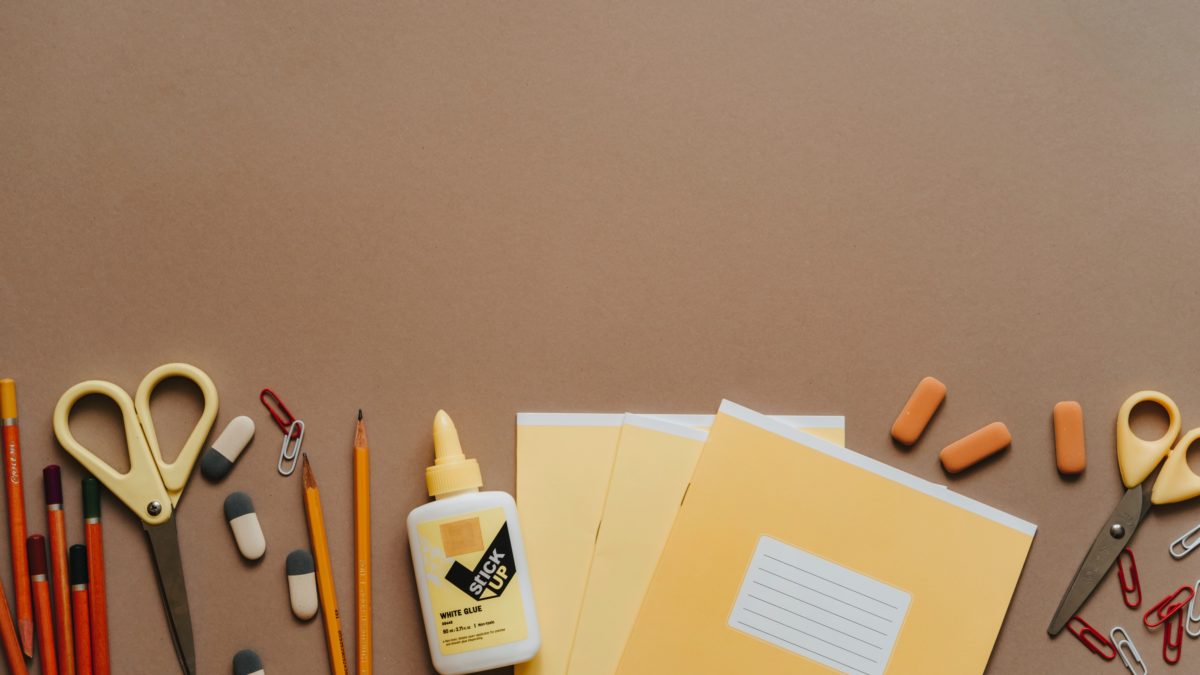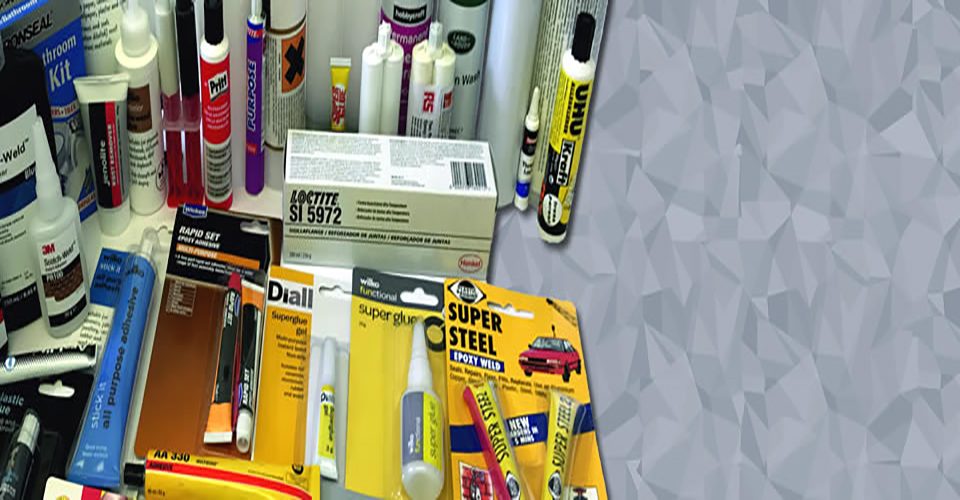What Breaks Down Super Glue Adhesive?
Super glue is a great substance, ideal for creating a strong bond without the need for clamping and in some cases, the use of nails such as putting up a wall shelf, coat hooks, or other DIY and repair projects.
However, when super glue spreads onto an item you didn’t want it to touch, it can feel like a disaster, ruining the surface with no way to remove it. There are ways to remove super glue effectively, this blog post will teach you how to dissolve super glue, and help you to remove it from a range of materials without ruining the surface.
How to remove super glue from skin
We’ve all been there, that satisfying feeling of peeling PVA glue off your palms during a school crafting session, but super glue is significantly stronger than your average classroom supply. If you’ve found yourself Googling ‘how to remove super glue from hands’, don’t worry about living your life with your fingers stuck together.
Start by washing your hands with warm water and soap, this can help soften the glue making it easier to remove. Then use an oil-based solution such as cooking oil or Vaseline, rub it into the affected areas, or get someone else to do it for you if you’re unable to.
The oil breaks down the cyanoacrylate bond, meaning that you can gently try pulling your fingers apart, or wipe away the glue from the skin. Try rubbing the skin in circular motions to separate it from the area.
If the super glue still hasn’t been removed, use an acetone solution such as nail polish remover. Although this method is harsher, it can be used as a last resort on the skin if no other methods are working. We recommend using a good moisturiser afterward to prevent the skin from drying out.
How to remove super glue from plastic
So, what removes super glue from plastic? Depending on the size of the item you are removing super glue from, it is best to leave it to soak in a bowl of warm water and soap, such as washing up liquid. If it is a larger area that needs treating, you can keep the area damp using a wet towel or cloth, leaving it to soak for 3-4 hours.
When returning to the super glued surface, wipe over it to see if any of the glue has loosened or come away. Then follow up with either acetone or rubbing alcohol, dabbing a soaked cloth over the glue, this is what dissolves super glue. Do this until you can see that all of the super glue has completely broken down. If you think that it’ll be a tough job, use oil instead of water to soak the plastic in prior to using acetone or rubbing alcohol.
How to remove super glue from metal
When removing super glue from metal, acetone again is a great go-to method. Wipe the area with warm water to soften the glue, then soak a cloth with acetone and apply it to the metal surface. If you’re finding that this isn’t causing the super glue to budge, you can use white vinegar and sandpaper instead as this may work more effectively.
For the most stubborn areas, you may have to scrape the glue off using a sharp blade, the only negative to this is the risk of scratching the surface. Make sure you do this carefully and safely so you don’t injure yourself.
How to remove super glue from clothes
You can also use an acetone solution to remove super glue from fabric, such as clothes, cushions, curtains, and other soft furnishings. When using acetone on clothes, make sure to use it sparingly and if possible, diluted with 2 parts water to avoid damage being caused.
Once the glue has started to break down, apply a stain remover to the area and place the item on a warm wash cycle. This should get the remaining glue off and tackle the stain that could be left behind.
How to remove super glue from car paint
Breaking down super glue on top of your car’s paintwork needs to be handled delicately, as to not remove the paint itself. Start by soaking the surface using a wet cloth, using warm soapy water. You can apply washing-up liquid or moisturising cream after soaking to provide a protective barrier between the car paint and the acetone that will be used next.
Then use an acetone solution, being careful to keep it from contacting beyond the affected areas. Keep an eye on the glue as it breaks down, as acetone will work quickly and you don’t want it to soak through into the paint. Most likely, your car’s wax will have come off, so rewaxing after removing super glue is recommended.
How to remove super glue without acetone
Acetone is an effective way to remove super glue, however, it can be quite a harsh substance, especially on the skin or clothes. If you’re looking for an alternative, you can try using an equal parts coconut oil and baking soda solution. The oil, paired with the baking soda, softens the glue and acts as an abrasive substance to break down and remove super glue. For the skin, you can leave the paste to dry for 15-20 minutes and peel it off.
You can also use a nail file after applying oil or margarine, this is similar but not as harsh as using sandpaper to break down and wipe away the super glue.
We hope this has helped you in your search on how to dissolve super glue, and given you the skills on what to do when you’ve found yourself in a sticky situation. If you have any questions regarding our products and services, please feel free to get in touch with Cedesa.



